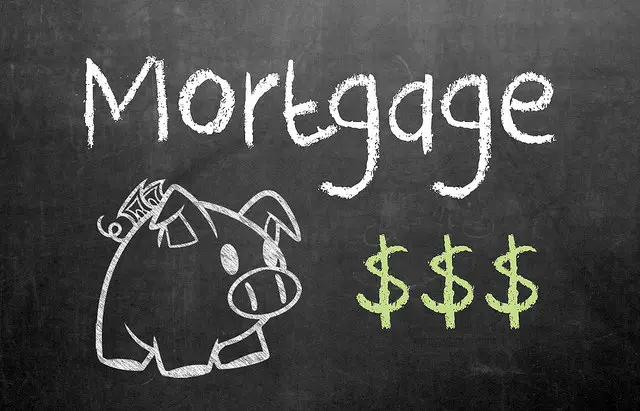 When you refinance your mortgage, you typically pay off the existing loan and create a new one. However, if you have a primary and secondary mortgage, you can refinance by consolidating both of them into a new loan too. So what is mortgage refinancing and how does it work? Read on to learn more!
When you refinance your mortgage, you typically pay off the existing loan and create a new one. However, if you have a primary and secondary mortgage, you can refinance by consolidating both of them into a new loan too. So what is mortgage refinancing and how does it work? Read on to learn more!
In most cases, homeowners refinance their existing loans in order to take advantage of lower interest rates, reduce their monthly payment, or change the loan period.
Many lenders will offer their current mortgage customers who are looking to refinance better rates and lower prices.
Minimum Requirements
Like any new loan, lenders require financial information and documentation before they’ll let you refinance. In most cases, the mortgage company usually needs to verify:
- Your employment status
- Your credit report
- Your credit score
- Your income
- Your assets
Most lenders will also require an updated home appraisal and title search; although in rare cases they may decide to waive one or both if you already have a loan with them.
Restrictions
Borrowers are usually required to keep their original mortgage for at least one full year before they’re allowed to refinance. The value of your home will also need to high enough to meet your lender’s loan-to-value ratio; for this reason, it can be difficult to refinance when the market is down.
***
Readers: This is article 14 of 25 from my no-nonsense “Mortgage Basics” quick-reference series.
Photo Credit: GotCredit

Question of the Week